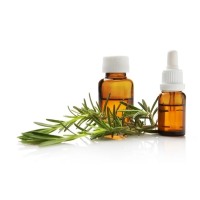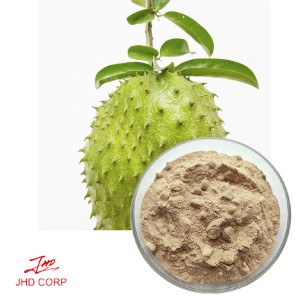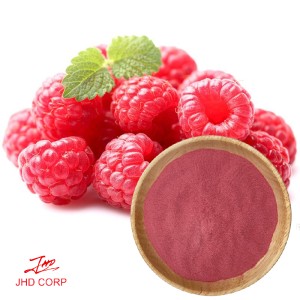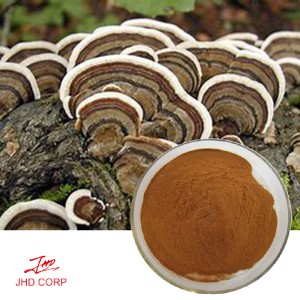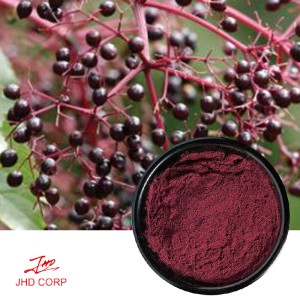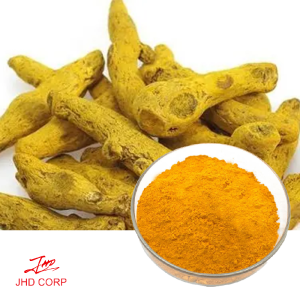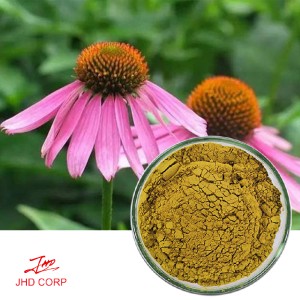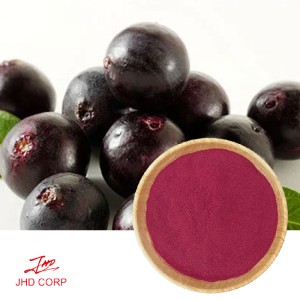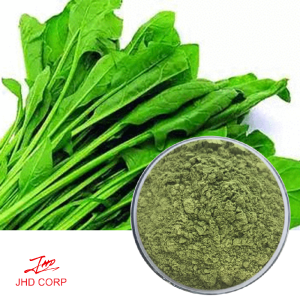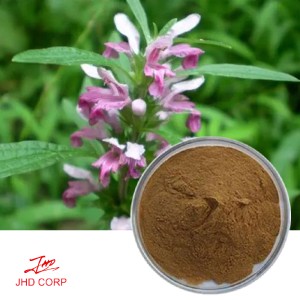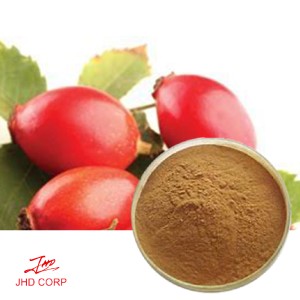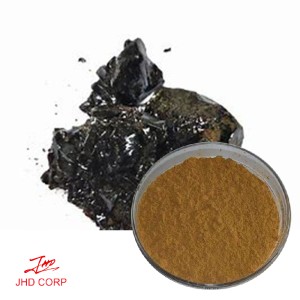A brief description of the extraction method of plant essential oils
Plant essential oils, also known as essential oils, are oily liquids with aromatic odors, derived from the flowers, buds, leaves, branches, roots, bark, fruits, seeds, and resins of herbaceous plants, which are distilled, pressed, and solvent extracted. It is refined by other methods and enjoys the reputation of "liquid gold".
Plant essential oils, also known as essential oils, are oily liquids with aromatic odors, derived from the flowers, buds, leaves, branches, roots, bark, fruits, seeds, and resins of herbaceous plants, which are distilled, pressed, and solvent extracted. It is refined by other methods and enjoys the reputation of "liquid gold".
Essential oils are highly volatile and have small molecules, so they are easily absorbed by the body. At present, due to the continuous expansion of the industrial production scale, the extraction and separation technology of plant essential oils has become one of the hot spots in the study of plant essential oils.
1. Steam distillation
The fresh or dried aromatic plant raw materials are put into the distiller, and the essence of the plant is evaporated by heating steam from below. The water vapor containing the essential oil is collected and cooled by the conduit, and then the steam will be cooled into a liquid, according to the density of the water and the essential oil are separated.
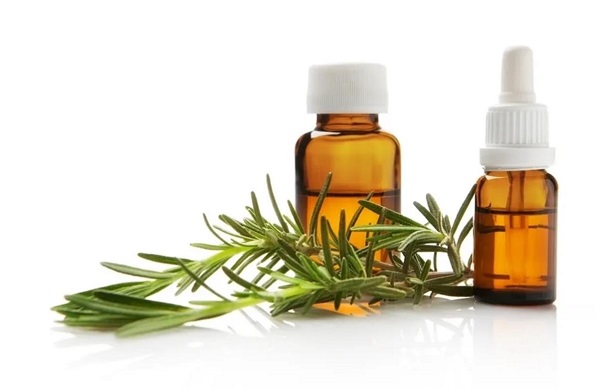
2. Organic solvent extraction method
The organic solvent extraction method is to uses organic solvents such as petroleum ether, n-hexane, ethyl acetate, acetone, etc. to carry out continuous reflux extraction or cold dipping, hot dipping extraction, etc., and extract the solvent by distillation or vacuum distillation to obtain crude essential oils.
3. Pressing method
The extraction method of the pressing method is to add water during the process of crushing the peel, and after collecting the juice, the essential oil is separated by a centrifuge. This method is simple and easy to operate, but the obtained essential oil product is not pure, the yield is low, and the storage time of the finished product is short.
4. Solvent extraction method
Use alcohol and other solvents to repeatedly pour on the plants to be extracted, and then separate and analyze the solvent containing the essential oil, and then distill at low temperature to obtain the essential oil. The process of this method is complicated, the obtained essential oil has more impurities and less yield, and the organic impurities are not easy to remove, and it is mostly used in the extraction of delicate and fragile plant petals or resins that do not like heat sources.
5. Supercritical CO₂ fluid extraction method
The supercritical CO₂ has a special solubility for plant essential oils, and its solubility is related to the density, and the density can be adjusted by temperature and pressure, so as to separate out the essential oils. The supercritical CO₂ extraction method has higher requirements for experimental equipment and larger investment, but it can effectively extract aromatic components, improve product purity, and maintain its natural fragrance.


